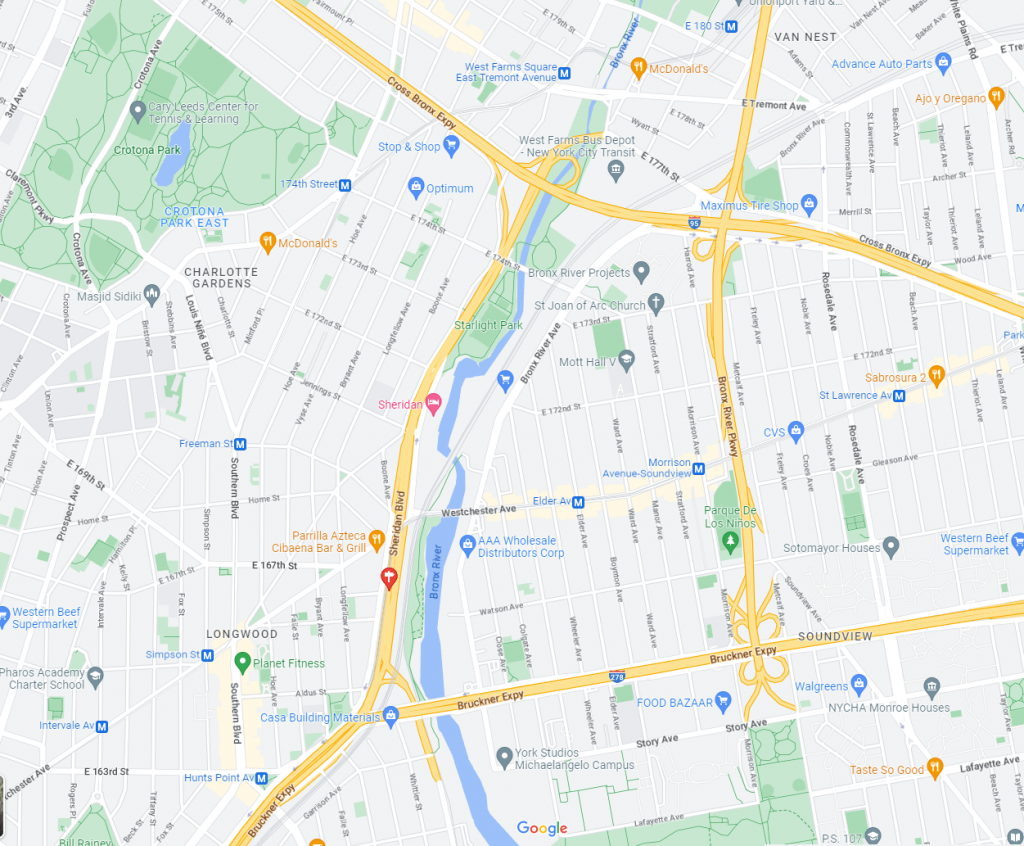Ellis Island is named after Samuel Ellis, a colonial merchant who owned the island in the late 18th century. Originally called Kioshk (or Gull) Island by the Lenape Native Americans who lived in the area, the island was later renamed after Ellis when he acquired it in 1785.
Ellis Island became a significant part of American history in the late 19th and early 20th centuries when it served as the main point of entry for millions of immigrants to the United States. From 1892 to 1954, Ellis Island was home to a federal immigration station where immigrants were processed and screened before they were allowed to enter the country. Today, Ellis Island is a national museum and historic site that commemorates the experiences of immigrants who passed through its doors.
Samuel Ellis was a colonial merchant and New York City landowner who owned Ellis Island in the late 18th century. Not much is known about Ellis’s personal life, but he is believed to have been born in England around 1739 and to have immigrated to the American colonies in the mid-18th century.
Ellis was a successful merchant who traded in goods such as rum, molasses, and sugar. He also owned several ships that were used to transport these goods to and from the Caribbean and other parts of the world.
In 1785, Ellis purchased Kioshk Island, which had previously been used for farming and grazing, for £30 in gold. He renamed the island after himself, and it remained in his family’s possession for several decades.
After Ellis’s death in 1794, his heirs sold the island to New York State, which later sold it to the federal government. In the late 19th century, Ellis Island was chosen as the site for a new federal immigration station, which opened in 1892 and remained in operation until 1954.
Today, Samuel Ellis is primarily remembered for his association with Ellis Island, which has become an iconic symbol of American immigration and the immigrant experience. His name lives on through the island’s name, which has become synonymous with the struggles and triumphs of generations of immigrants who have made their way to the United States.


